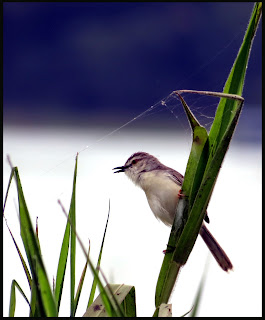 |
| Flower of Red cotton silk tree |
A large dark red/ magenta colored flower of "silk cotton tree" attracts every nature wanderer during summer trails. There exists a very similar species, white flowers is the sole difference. Flower with five petals blooms during spring months (January to March), while tree losses all its leaves as many other tree do. Many birds like drongo, jungle babbler, common crow etc. feed on the flowers.
This native tree can grow up-to 30 m. Thorns on the stem and branches is its characteristic ID. Tree is largely famous as it bears its relation with a famous festival of Holi. In Konkan region, the decorated tree, decorated with Mango leaves and flowers, is worshiped. Tree is then burnt in the night and Holi is celebrated. The availability of this tree is larger and confidently its leafless during the same month when Holi is celebrated. The fruits appear in the month of April may and has fiber inside. Often seen them flying with the hot summer winds. Fibers are used in the pillows by villagers. Wood is light and makes it use in building structures used in water.
Quick Facts:
Common Name: Red Silk Cotton Tree (Sanskrit: शाल्मली / Marathi: शेवर)
Botanical Name: Bombax ceiba
Family: Baobab
Flowers: Large, red/magenta colored with 5 petals
Location on campus: All over academic area and hill side, a common tree.
 |
| Jungle Babbler feeding on Red Cotton Silk Tree |















